Insecticides
-

Thiamethoxam fast-acting neonicotinoid insecticide for pest control
Thiamethoxam’s mode of action is achieved by disrupting the nervous system of the targeted insect when the insect either ingests or absorbs the poison into its body. An exposed insect loses control of their body and suffer symptoms such as twitching and convulsions, paralysis, and eventual death. Thiamethoxam effectively controls sucking and chewing insects such as aphids, whitefly, thrips, ricehoppers, ricebugs, mealybugs, white grubs, potato beetles, flea beetles, wireworms, ground beetles, leaf miners, and some lepidopterous species.
-
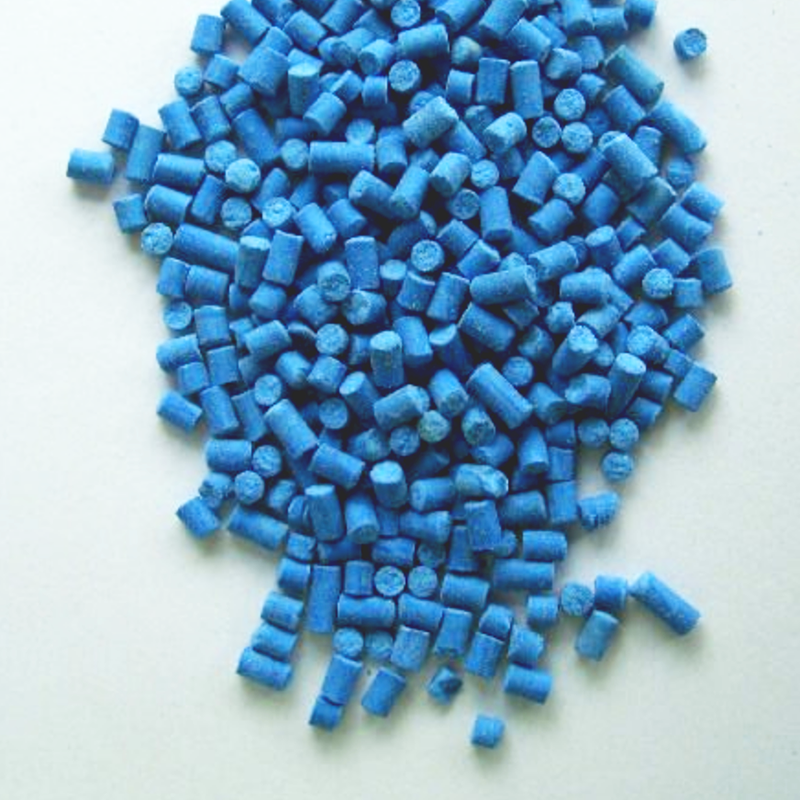
Metaldehyde insecticide for snails and slugs
Metaldehyde is a molluscicide used in a variety of vegetable and ornamental crops in the field or greenhouse, on fruit trees, small-fruit plants, or in avocado or citrus orchards, berry plants, and banana plants.
-
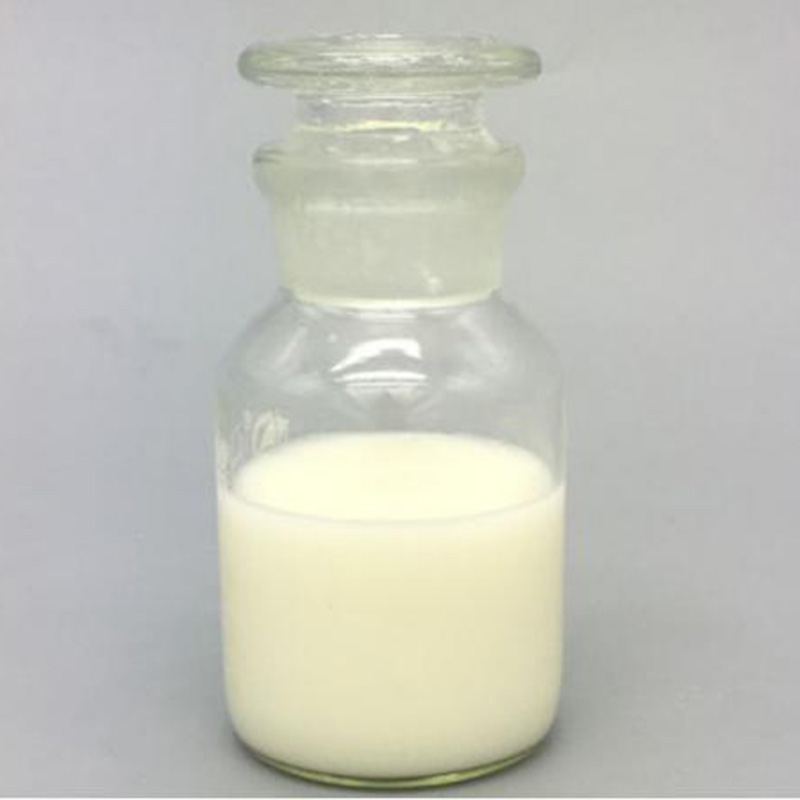
beta-Cyfluthrin insecticide for crop protection pest control
Beta-cyfluthrin is a pyrethroid insecticide. It has a low aqueous solubility, semi-volatile and is not expected to leach to groundwater. It is highly toxic to mammals and may be a neurotoxin. It is also highly toxic to fish, aquatic invertebrates, aquatic plants and honeybees but slightly less toxic to birds, algae and earthworms.
-
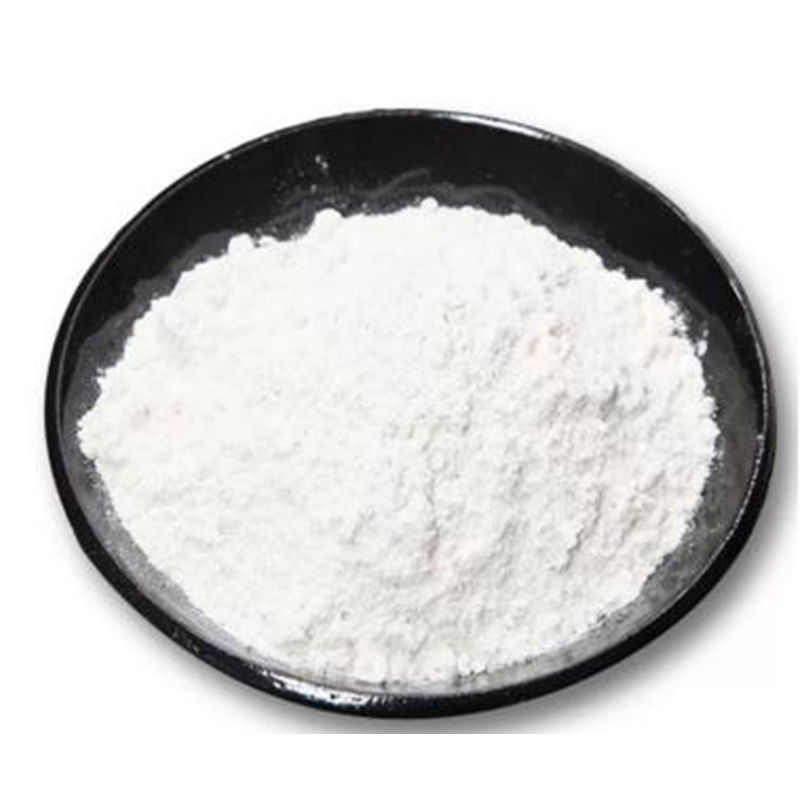
Pyridaben pyridazinone contact acaricide insecticide miticide
Pyridaben is a pyridazinone derivative used as an acaricide. It is a contact acaricide. It is active against motile stages of mites and also controls whiteflies. Pyridaben is a METI acaricide that inhibits mitochondrial electron transport at complex I (METI; Ki = 0.36 nmol/mg protein in rat brain mitochondria).
-
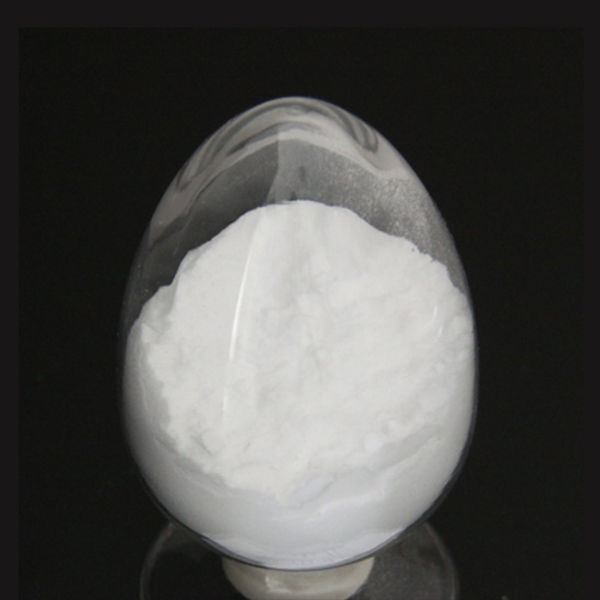
Fipronil broad-spectrum insecticide for insect and pest control
Fipronil is a broad-spectrum insecticide active by contact and ingestion, which is effective against adult and larval stages. It disrupts the insect central nervous system by interfering with the gamma-aminobutyric acid (GABA) – regulated chlorine channel. It is systemic in plants and can be applied in a variety of ways.
-
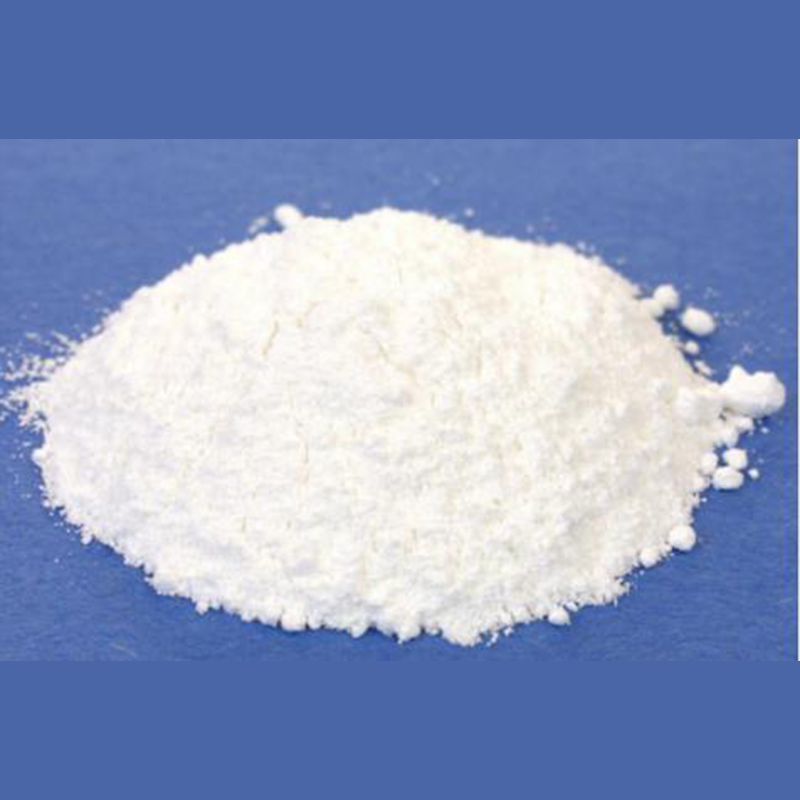
Etoxazole acaricide insecticide for mite and pest control
Etoxazole is an IGR with contact activity against eggs, larvae and nymphs of mites. It has very little activity against adults but can exert ovicidal activity in adult mites. The eggs and the larvae are particularly sensitive to the product, which acts by inhibiting respiratory organ formation in the eggs and moulting in the larvae.
-

Bifenthrin pyrethroid acaricide insecticide for crop protection
Bifenthrin is a member of the pyrethroid chemical class. It is an insecticide and acaricide which affects the nervous system and causes paralysis in insects. The products containing bifenthrin are effective in controlling over 75 different pests including spiders, mosquitoes, cockroaches, ticks and fleas, pillbugs, chinch bugs, earwigs, millipedes, and termites.
-
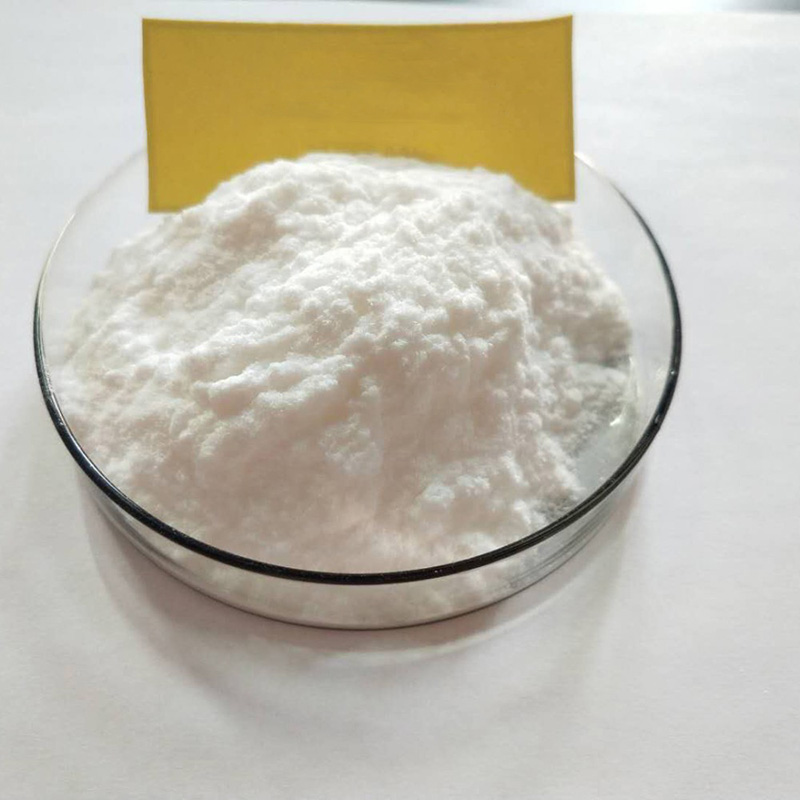
Diflubenzuron selective insecticide for pest parasite control
The chlorinated diphyenyl compound, diflubenzuron, is an insect growth regulator. Diflubenzuron is a benzoylphenyl urea used on forest and field crops to selectively control insects and parasites. Principal target insect species are the gypsy moth, forest tent caterpiller, several evergreen eating moths, and the boll weevil. It is also used as a larvae control chemical in mushroom operations and animal houses.
-
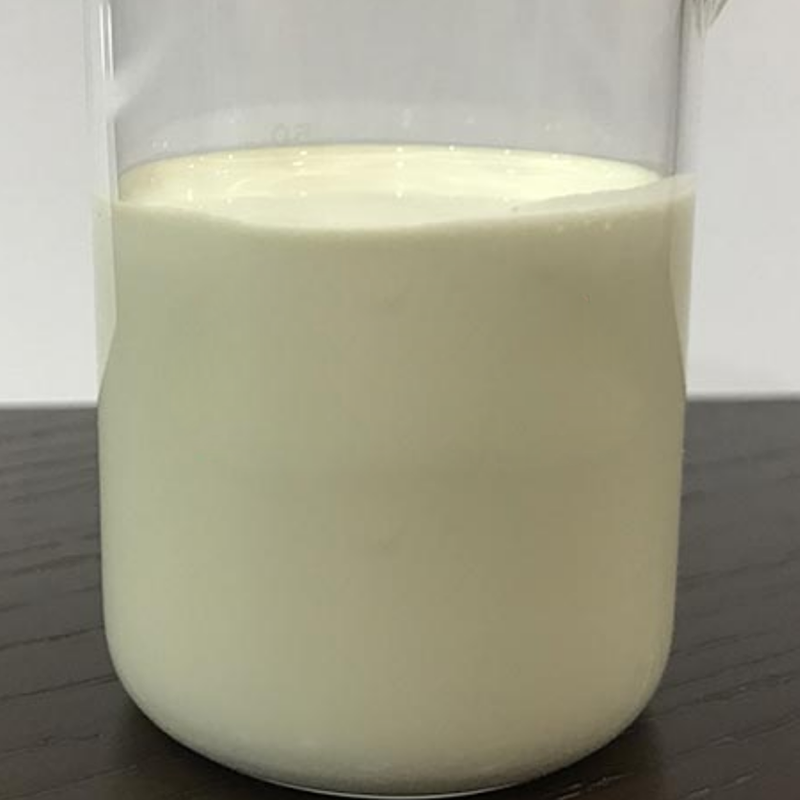
Bifenazate acaricide for crop protection pest control
Bifenazate is a contact acaricide active against all life stages of spider-, red- and grass mites, including eggs. It has a rapid knockdown effect (usually less than 3 days) and residual activity on the leaf lasting up to 4 weeks. The product’s activity is not temperature-dependant – control is not reduced at low temperatures. It doesn’t control rust-, flat- or broad-mites.
-

Acetamiprid systemic insecticide for pest control
Acetamiprid is a systemic insecticide suitable for application to foliage, seeds and soil. It has ovicidal and larvicidal activity against Hemiptera and Lepidoptera and controls adults of Thysanoptera.

















